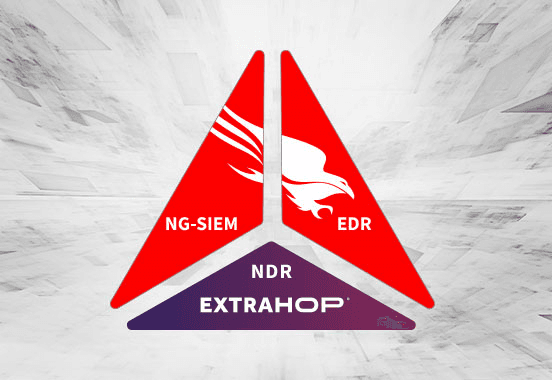Metcalfe's Law for IT Ops: Lowering Data Friction in Your IT Strategy
Back to top
December 1, 2017
Metcalfe's Law for IT Ops: Lowering Data Friction in Your IT Strategy
How the 'network effect' can impact your IT strategy (for good or ill)

Metcalfe's Law is known in popular consciousness as the "network effect" and often applied to social networks online. But the concept has been around long before the World Wide Web was born.
Back in 1980, Robert Metcalfe foresaw the value of communications networks increasing exponentially as more devices connected. The formula (n²) is used to describe how five connected devices can make 10 connections, but twelve devices can make 66 connections, for example.
At first glance, IT leaders might rejoice because it means their environments are becoming that much more valuable as new Internet-connected "things" come online or as microservices are spun up. But from an IT Operations viewpoint, this represents a vast increase in complexity.
In fact, from a complexity standpoint, it's even worse because you not only have to account for the connections to a host, but also the processes (Active Directory, CIFS, SMTP, etc.) running on the host. So it's not just n-number of hosts, but also n-number of processes running on those hosts!
Seen through the lens of Metcalfe's Law, IT complexity presents a serious problem now and in the future. This is why IT teams need to become data-driven and cannot afford to maintain the status quo. It's also why IT teams cannot afford to rely on siloed tools that are only used by technical experts, but need to adopt analytics platforms that can be accessed by multiple teams.
I've offered a way forward: Namely, that IT leaders focus on lowering the friction to data as a way of combating the harmful effects of IT complexity.
Discover more

VP of Security
Matt Cauthorn is responsible for all security implementations and leads a team of technical security engineers who work directly with customers and prospects. A passionate technologist and evangelist, Matt is often on site with customers working to solve the complex and mission-critical business problems that Fortune 1,000 and global 2,000 companies face. After years spent helping customers tap into the value offered by network-based analytics, Matt has been able to bring fresh thinking to security threat detection. Matt's collaborated with companies across various industries including banking, healthcare, energy, and retail. Prior to ExtraHop, Matt was a Sales Engineering Manager at F5 and before that he started his career in the trenches as a practitioner where he oversaw application hosting, infrastructure, and security for five international data centers.
Matt holds an MBA from Georgia State University and a Bachelor of Science degree from the University of Florida. Matt's a security thought leader and blogger, frequently speaking at industry events, in webinars, and is commonly quoted in industry coverage.
Connect with Matt on LinkedIn!







